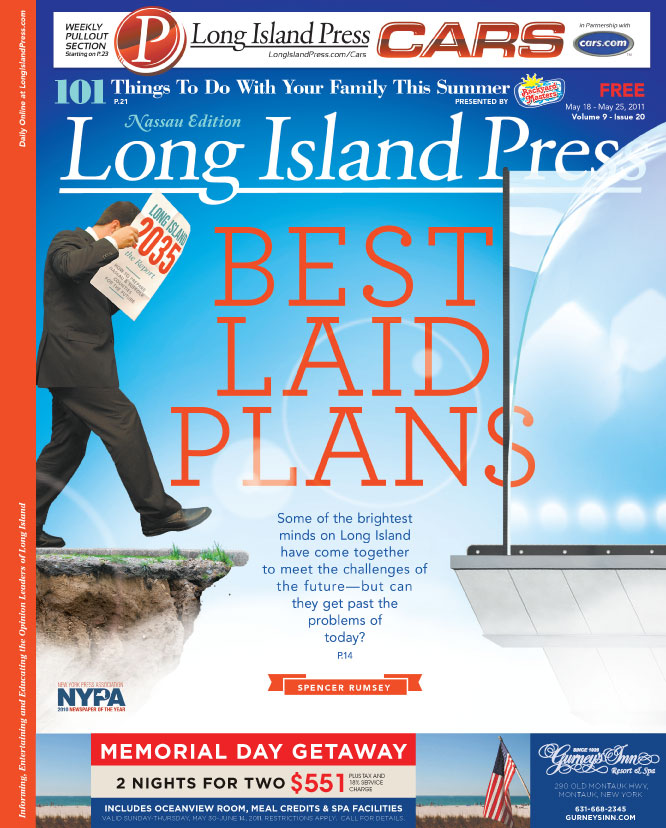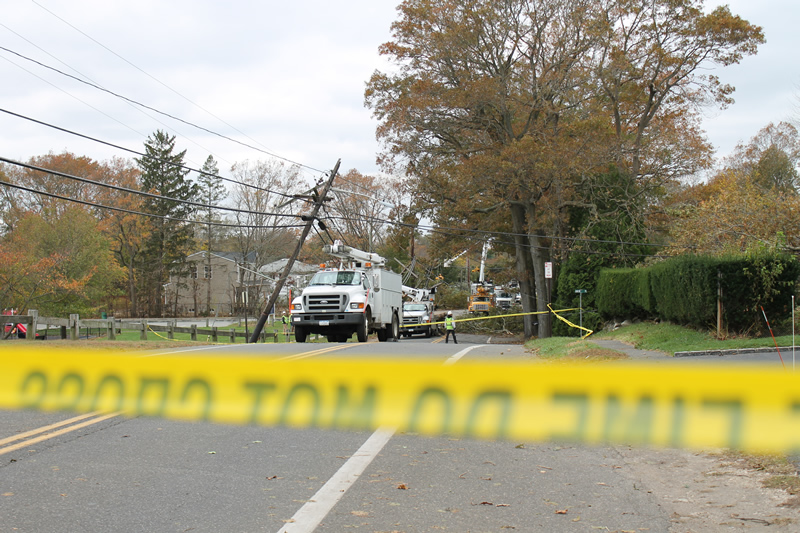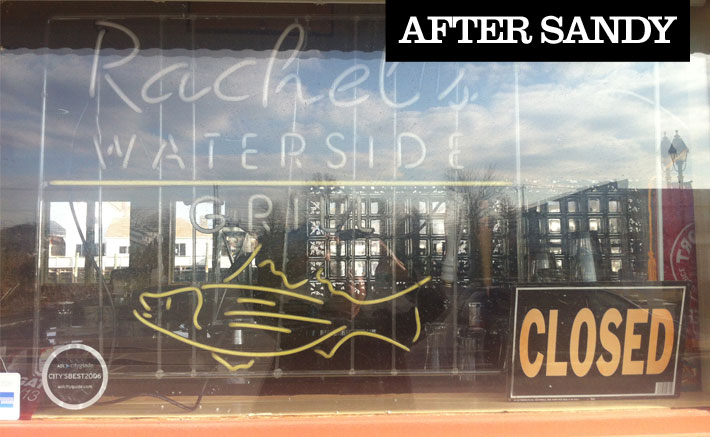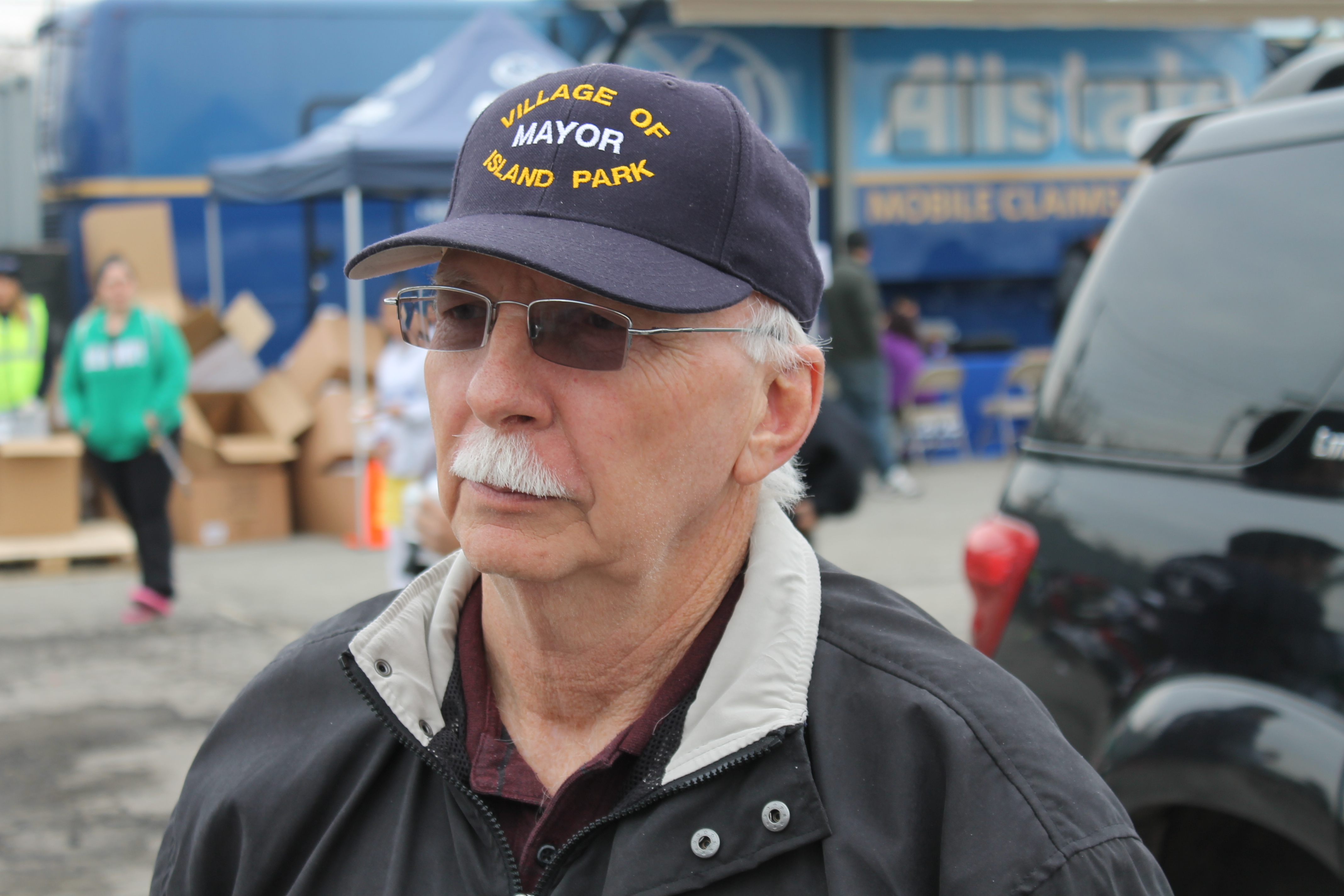

A look behind the scenes of the men and women involved in sharing their ideas and goals for the Long Island 2035 Sustainability study. Above right, two brain-storming sessions held at the Old Nassau Hall.
Thinking Big
“If the people in charge today were in charge in the ’50s,” says someone well-versed in the ways of Long Island who didn’t want his name to be used given his close ties to the business community and political leaders, “there’d still be nothing but farms out here.”
His acerbic words dripped with disgust but they cut to the quick, as policymakers know all too well.
“What you’re trying to do is encourage elected officials and citizens of the Island to understand the consequences of decisions that are made on the issues of great importance to them,” says Pally, head of the Long Island Builders Institute. “You don’t want to handicap people with innovative ideas just because the political reality of the current situation may be that it may not happen. You want people to think big.”
Other seasoned Long Island observers questioned the entire process.
“I don’t think ideas come from organizations. Ideas come from people,” counters Paul Sabatino, the former general counsel for the Suffolk Legislature who says when he was in county government a few years ago he used to argue that Suffolk stop funding the planning council. “Bottom line, I think these organizations are oversold, overblown and overrated. And in many respects, quite frankly, they’re probably counterproductive because it’s the Robert Moses of the world who come forward with the big picture ideas and then have the stamina, the resilience, and the strength of character to pursue them and get them done.”
“Of course we need affordable housing and smart growth,” exclaims Lisa Tyson, director of the Long Island Progressive Coalition, who participated in some of the preliminary public meetings about the LI 2035 project. “The real challenge is getting the regular community to support it.”
She cited the ongoing experience of AvalonBay, whose proposal for a 490-unit multi-family housing development in Huntington Station, especially geared to young professionals, was rejected last September by the town board after heated opposition. In March, the developer offered a scaled-down proposal, 379 units, which drew an overflow crowd of opponents and advocates at the town board meeting just this week.
“What we have seen after AvalonBay is that all of the planners and the stakeholder groups might ‘get it,’ but we’re not communicating that to our neighbors,” Tyson tells the Press. “As the economy gets worse, the NIMBYism and the hatred is getting worse.” She said the planning council and its consultants “need to figure out a communications-outreach strategy that really begins to move toward these things because right now they’ll be voted down in many communities.”
And if that sad fate occurs, then all the sustainable strategies for Long Island will be so much empty words.
In the venerable words of the Chinese Taoist philosopher Chuang Tzu: “All men know the utility of useful things; but they do not know the utility of futility.”
It’s an ironic lesson that could still gladden the hearts of the men and women today behind the LI 2035 plan because doing nothing is not an option for them. If nothing improves, then our region will most certainly join the ranks of civic failure that already litter the American landscape from Detroit to the Rust Belt to the flooded towns along the Mississippi.
The future starts now.






